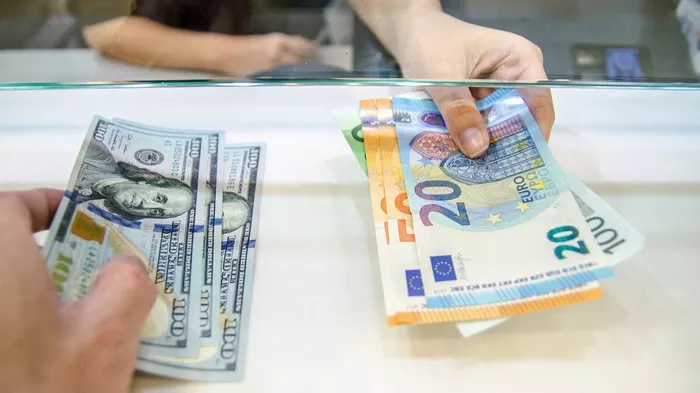On January 20, 2025, Donald Trump will officially begin his second term as President of the United States, ushering in a new chapter that could reshape economic and trade policies. For currency markets, his return raises crucial questions about the future trajectory of the U.S. Dollar Index (DXY) and its interactions with key currencies like the euro and yen. As potential fiscal reforms and trade initiatives loom, investors are bracing for a critical phase in the foreign exchange market.
Trump’s economic agenda, which has historically favored tax cuts and deregulation, is expected to play a central role in his second term. These pro-growth measures have traditionally boosted U.S. economic performance, driving short-term strength in the dollar. However, there is concern that an aggressive fiscal expansion, particularly with regards to government spending, could exacerbate the federal deficit, which might place downward pressure on the dollar over the longer term.
Trade policy, a hallmark of Trump’s first term, is also likely to influence market dynamics. Past uses of tariffs and the renegotiation of trade deals contributed to dollar strength by encouraging safe-haven flows and reducing the U.S. trade deficit. Should these policies resurface, the dollar may receive a lift. However, the broader impact of these trade strategies on global markets could temper any potential gains, keeping investors on edge.
The euro is also positioned for challenges in light of Trump’s return to power. Any divergence between U.S. and European monetary policies could weigh on the euro, particularly if the Federal Reserve adopts a more hawkish stance in response to inflationary pressures. Meanwhile, the European Central Bank (ECB) is expected to maintain its accommodative policies, further widening the gap between the two regions’ economic approaches. This policy split could drive the EUR/USD exchange rate lower in the near term.
Geopolitical risks also complicate the euro’s outlook. Trump’s previous criticisms of NATO and European trade practices could reintroduce tensions, potentially undermining investor confidence in the eurozone. A stronger dollar, combined with these geopolitical uncertainties, could exacerbate downward pressure on the euro in the coming months.
As for the Japanese yen, a traditional safe-haven currency, its performance will largely depend on Trump’s approach to global trade. Increased trade tensions or global economic instability could drive demand for the yen, strengthening its value against the dollar. On the other hand, if Trump’s policies are perceived as supportive of global economic activity, the yen could weaken as risk appetite improves.
Interest rate differentials between the U.S. Federal Reserve and the Bank of Japan (BOJ) will also be a key factor in the yen’s outlook. The BOJ’s continued accommodative stance, in contrast to the potential tightening by the Fed, could limit the yen’s ability to appreciate in the face of a stronger dollar.
In conclusion, Trump’s economic policies could create both opportunities and risks for currency markets. While the dollar may gain strength against both the euro and the yen in the short term, concerns over deficits, trade disruptions, and geopolitical tensions could introduce significant volatility. Investors should remain vigilant, diversifying their portfolios and employing robust risk management strategies as they navigate the evolving forex landscape.
Related topics:
How to Hedge Risks in the Forex Market
What Are the Main Currency Pairs in the Forex Market?


